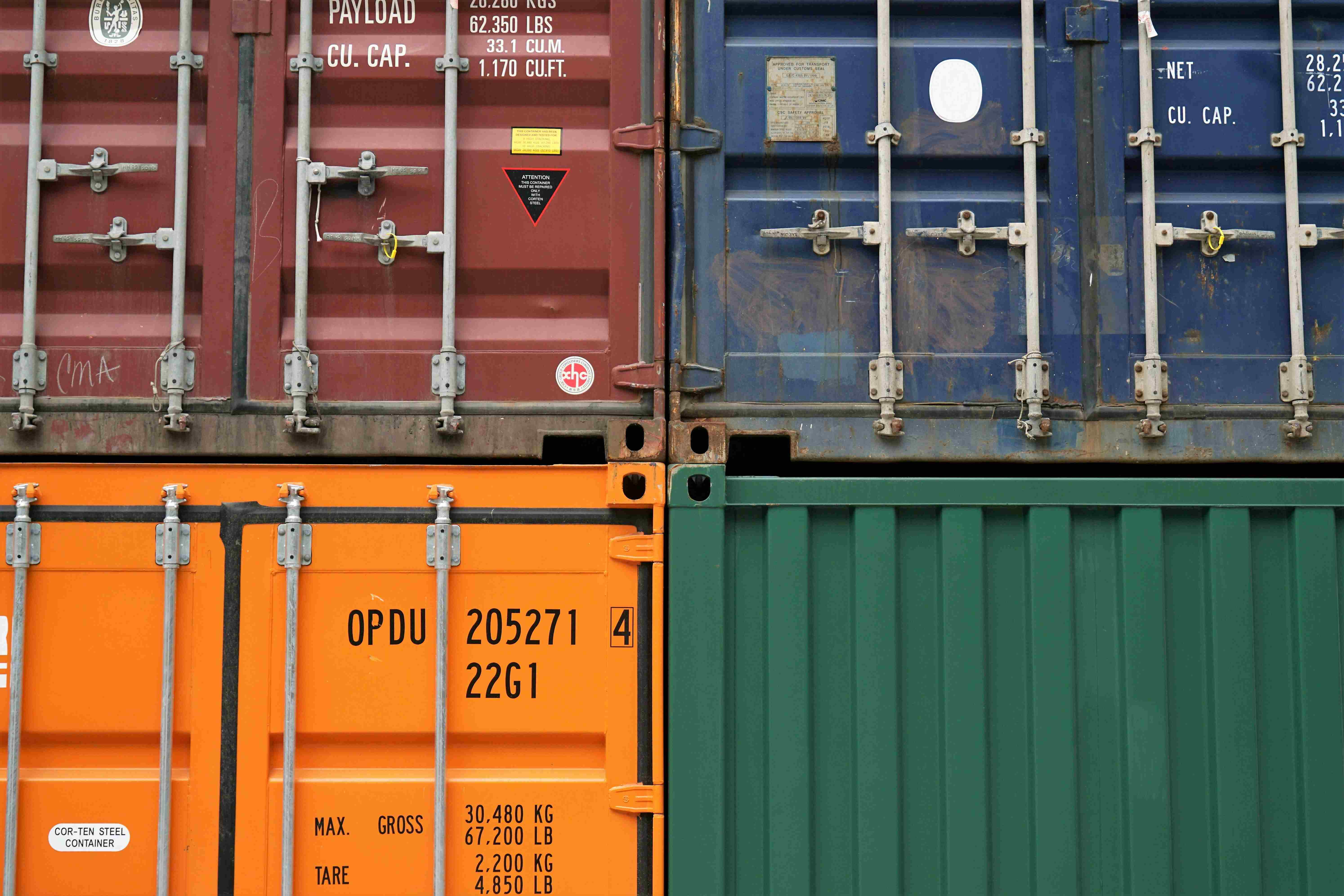

Quality Guarantee


Delivery in 2-5 business days
Proud member of


5.0 Stars on Google Reviews
In the search for versatile and durable storage solutions, shipping containers have emerged as a top choice for both personal and business needs. In this article, we’ll explore why shipping containers are an excellent choice for storage, weighing the pros and cons, and providing practical tips for how to set up your container as a shipping container storage facility.

Added: 05/08/2024
Starting with the pros, here are some of the reasons why using a shipping container for storage can be a good idea.
One of the standout features of shipping containers is their durability. Designed to withstand harsh weather conditions and the rigors of ocean transport, these containers are built from steel. It’s a material that can endure extreme temperatures, heavy rain, and strong winds, so containers made of it are an excellent option for long-term storage.
Shipping containers offer enhanced security compared to traditional storage units due to their steel construction. It makes them resistant to tampering, and heavy duty locks can be added for an extra layer of protection. This can give you greater peace of mind, knowing that your valuables are secure against theft and unauthorized access.
Shipping containers come in various sizes, typically ranging from 10 to 40 feet. Their adaptability allows them to be used for a wide range of purposes, from storing tools and workshop equipment to housing seasonal items or personal belongings.
Compared to building a traditional storage shed or renting a commercial storage unit, shipping containers can be a more budget-friendly option. The initial cost of purchasing or renting a container can be lower, and since they’re highly durable you may save on maintenance and replacement costs over time.
Another significant advantage of shipping containers is their portability. If you need to move your storage location, a container can be easily transported using a flatbed truck or container trailer. This feature is particularly useful for businesses or individuals who require flexibility and need to relocate from time to time.
One of the main drawbacks of shipping containers is their lack of insulation and ventilation. To mitigate this you can invest in insulation and ventilation solutions to help maintain a stable environment inside the container.
To ensure the longevity and stability of your shipping container, proper ground preparation is essential. The container should be placed on a level, solid surface to prevent it from shifting or settling unevenly. This might require additional groundwork and planning before installation.
Shipping containers are not the most visually appealing storage option. While this is not a concern for everyone, it could be a factor for businesses or homeowners who want to maintain a certain aesthetic. Plants, screens, paint, and decorative walls could be used to make the container fit in better with the surrounding space.
The first step is to select a container that fits your storage needs. Consider the volume and types of items you'll be storing. Common container sizes are 20 feet and 40 feet, but there are other options on the market. Ideally you want to ensure you have enough space to comfortably access your items without overcrowding.
Choose a flat, level surface for your container to sit on, perhaps with a concrete slab or gravel base. Proper site preparation helps prevent issues down the road like rust or shifting, ensuring that your container remains stable and functional.
To address the temperature extremes inside the container consider adding insulation and ventilation solutions. Spray foam insulation or paneling can help maintain a more consistent temperature while ventilation systems or passive vents can lower condensation and maintain air circulation.
Maximize the use of space inside your container by using shelving units, racks, or bins. Plan the layout to ensure easy access to frequently used items and aim to keep everything organized. This will help you to make the most of the container’s internal storage capacity.
Installing additional locks or security systems can enhance the security of your container. Depending on what you’re storing, you might also want to use dehumidifiers or moisture-absorbing materials to protect against humidity and mold.
Regular maintenance is the key to ensuring the longevity of your shipping container. Inspect it periodically for signs of rust, wear, or damage, and address any issues in a timely manner. Keeping your container in good condition will extend its life and maintain its effectiveness as a storage solution.
Shipping containers offer a robust, secure, and versatile storage solution for a variety of needs. By properly setting up and maintaining your container, you can enjoy a practical and reliable storage solution that meets your requirements for years to come.